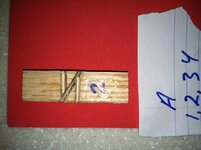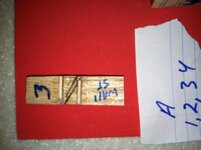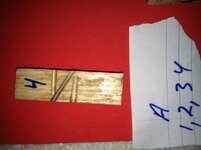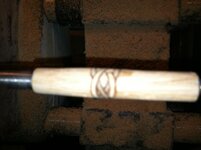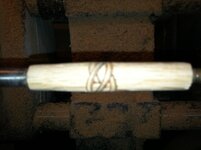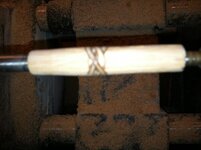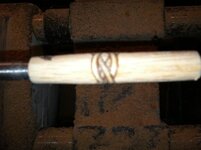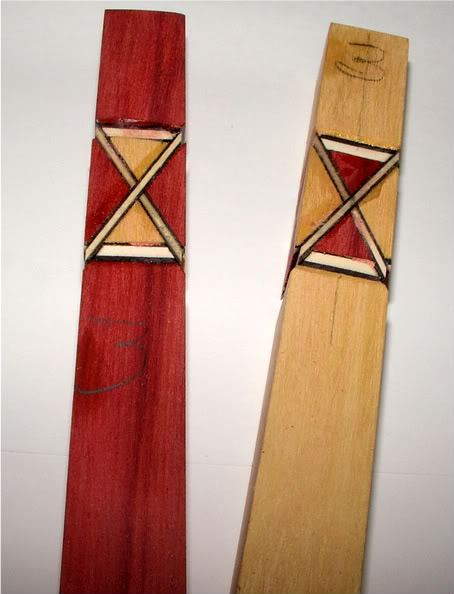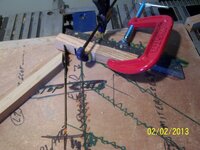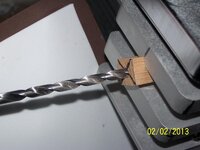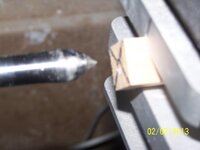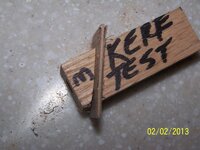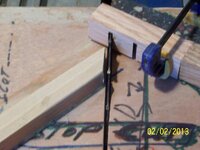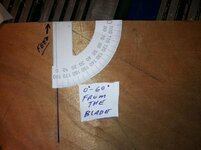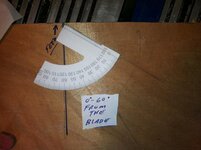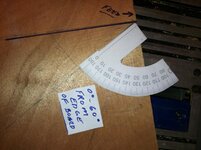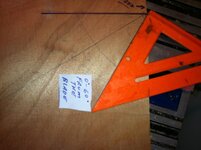navycop
Member
My first attempt I numbered the sides wrong. I numbered them 1,2,3,4 .
This time I numbered them 1,3,2,4, cut it on a sled at 60 degrees with a thin kerf saw blade. I just turned it and it came out no where near as good as yours. I will post pictures (of blank and saw blade) after I get back from grocery shopping.
This time I numbered them 1,3,2,4, cut it on a sled at 60 degrees with a thin kerf saw blade. I just turned it and it came out no where near as good as yours. I will post pictures (of blank and saw blade) after I get back from grocery shopping.

